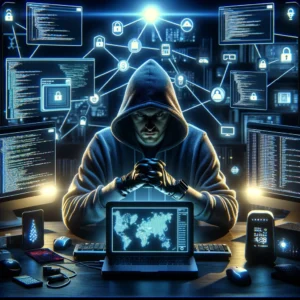
01 Apr The Internet of Things

An interesting and increasingly relevant topic in digital forensics is the investigation of Internet of Things (IoT) devices. As IoT devices become more widespread, they play a larger role in both our personal and professional lives. This includes smart home devices, wearable technology, connected vehicles, and more. These devices generate a vast amount of data, which can be incredibly valuable for forensic investigations.
Here is a short list of devices and some information that might be available to collect:
-
- Smart Thermostats: Temperature settings, schedules, energy use history, and sometimes location data if geofencing features are used.
- Smart Security Cameras: Video and audio recordings, motion detection logs, and device access logs.
- Smart Locks: Unlock/lock times, user identities (who accessed and when), and access codes.
- Fitness Trackers: Step count, heart rate, sleep patterns, GPS location data, and workout histories.
- Smartwatches: Notifications from connected devices (e.g., text messages, emails), health monitoring data, app usage data, and voice command history.
- Smart Refrigerators: Inventory lists (based on scanning or manual input), temperature settings, energy usage data, and maintenance records.
- Smart Ovens: Cooking times, temperature settings, recipes used, and usage patterns.
- Remote Monitoring Devices: Patient vital signs, medication intake records, and patient movement data. Blood pressure, glucose levels, and electrocardiogram (ECG) data.
- Smart Meters: Detailed electricity, water, or gas usage data, potentially at a granular time resolution.
- Home Assistants / Smart Speakers: Recordings of voice commands, search queries, and interactions with connected services or devices.
